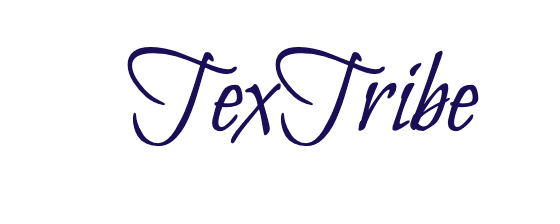The plural of mongoose has been a subject of confusion for many people. Mongooses are small carnivorous mammals found in Africa, southern Europe, and Asia. They have short legs, sharp claws, and usually brownish or grayish fur. They feed on small animals like insects, birds, snakes, and rodents. The term “mongoose” can refer to a single animal or multiple animals. When referring to more than one mongoose, the plural form can be either “mongooses” or, less commonly, “mongeese. The term “mongeese” is considered an alternative plural in many dictionaries. However, “mongooses” is the more widely used and accepted plural form.
The Singular and Plural of Mongoose
Singular: Mongoose
Plural: Mongooses
The correct plural form of mongoose is mongooses. This formation follows the standard English practice of adding an -es to the end of nouns that end in a sibilant sound like -se, -sh, -ch, -x, or -z.

Understanding Mongoose
Definition of Mongoose
A mongoose is a small carnivorous mammal belonging to the family Herpestidae. These animals are known for their elongated bodies, small rounded ears, and a keen sense of smell. They are primarily found in Africa, but some species are also native to southern Asia and the Iberian Peninsula.
Usage of Mongoose
The term mongoose is used to refer to any member of this family of mammals. They are often noted for their quick reflexes and agility, as well as their ability to combat venomous snakes.
Use of Mongoose in Sentences
- Observational: “A mongoose was spotted darting across the savannah, likely in search of its next meal.”
- Folklore: “In many cultures, the mongoose is revered for its ability to fight and kill snakes.”
- Zoological: “The zoo’s new exhibit features several species of mongooses, each adapted to different environments.”
- Comparative: “Unlike the slower movements of the tortoise, the mongoose is quick and nimble.”
- Metaphorical: “In the corporate world, he is considered the mongoose to his competitors’ snakes, always outmaneuvering them.”
Common Mistakes and Confusions
- Incorrect Plural: A common mistake is to use “mongeese” as the plural form. This error likely arises from an incorrect analogy with words like “goose” and “geese.
- Misidentification: Confusing mongooses with similar-looking animals, such as weasels or ferrets, is another common error.
- Generalization: Assuming all mongooses have the same characteristics or behavior can lead to misunderstandings about this diverse group of animals.
Commonly Asked Questions
- Q: Why is the plural not ‘mongeese’?
A: Unlike ‘goose’ which changes to ‘geese’, mongoose does not follow the Old English pattern of vowel change for plurals. It follows the more regular pattern of adding -es. - Q: Can mongoose be used as both singular and plural?
A: No, mongoose is singular, and the correct plural is mongooses.
Conclusion
Understanding the correct plural form of mongoose – mongooses – is more than just a linguistic curiosity; it reflects the broader intricacies of the English language. The term’s usage in various contexts, from scientific discussions to folklore, highlights its relevance and the importance of using its correct plural form. By embracing the linguistic diversity and complexity of words like mongoose, we enrich our understanding of language and the world around us.
FAQ
What is the plural form of mongoose?
The plural form of mongoose can be either “mongooses” or, less commonly, “mongeese”.
What do mongooses eat?
Mongooses are carnivorous mammals that feed on small animals like insects, birds, snakes, and rodents.
Where are mongooses found?
Mongooses are found in Africa, southern Europe, and Asia.
Yes, mongooses are typically social animals and often live in groups called “mongroups”.
Can mongooses coexist with other wildlife?
Yes, mongooses can coexist with other wildlife such as monkeys and birds in certain environments.

